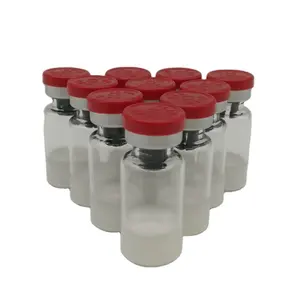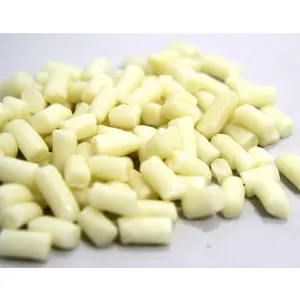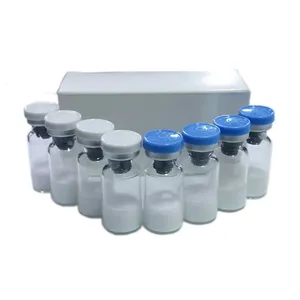Popular in your industry















































































































































































































Top categories
About algas marinas
Algas marinas, or seaweeds, are diverse, photosynthetic marine algae that play a crucial role in marine ecosystems. From microscopic phytoplankton to large kelp, seaweeds are used in various human applications, including food, medicine, and cosmetics, and are integral to the health of our oceans. A variety of choices are available for bulk purchase on Alibaba.com.
Types of Seaweeds
Seaweeds, commonly referred to as seaweeds, encompass a wide range of photosynthetic organisms found in marine environments. They are broadly classified into three main categories based on their pigmentation, physical characteristics, and biological properties: green algae (Chlorophyta), brown algae (Phaeophyceae), and red algae (Rhodophyta). Green algae, often found in shallow waters, are characterized by their vibrant green color due to the dominance of chlorophyll in their cells. This group includes species like sea lettuce (Ulva) and dead man's fingers (Codium). They are relatively simple in structure and are closely related to terrestrial plants.
Brown algae comprise some of the largest and most complex seaweeds. This group is distinguished by its brown or olive color, attributed to the presence of the pigment fucoxanthin, which masks the green of chlorophyll. Notable members of this category include the giant kelp and bladderwrack. Brown algae are predominant in colder, temperate waters and are known for forming extensive underwater forests that provide habitat for a wide range of marine life. Red algae, recognized by their often deep red or purple hues, owe their color to the pigment phycoerythrin. This group includes species like dulse and nori, widely used in Asian cuisine. Red algae are the most diverse group of seaweeds and can inhabit greater depths compared to their green and brown counterparts due to their ability to absorb blue light and thrive in less-illuminated environments.
Nutrition of Seaweeds
Seaweeds are diverse in type and nutritional content, making them a valuable resource for marine life and humans. Seaweeds comestibles are rich in vitamins, minerals, and dietary fiber, with varying compositions among different types. For instance, brown algae are known for their high iodine content, essential for thyroid function, while red algae are a good source of calcium and magnesium. Seaweeds also contain unique bioactive compounds like fucoidans and alginate, which have potential health benefits, including anti-inflammatory and antioxidant properties.
The protein content in seaweeds can vary but is generally higher in red and green varieties. They also possess essential fatty acids, including omega-3 and omega-6, vital for human health. Furthermore, seaweeds are a low-calorie food source, making them a beneficial addition to the diet for weight management. Seaweeds' role in nutrition extends beyond human consumption. Marine ecosystems serve as a primary source of food for various marine organisms, from small invertebrates to large herbivorous fish. This makes them a critical component in the ocean's food web, supporting diverse marine life. For additional choices and exploration, consider browsing Alibaba.com.







































